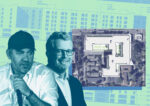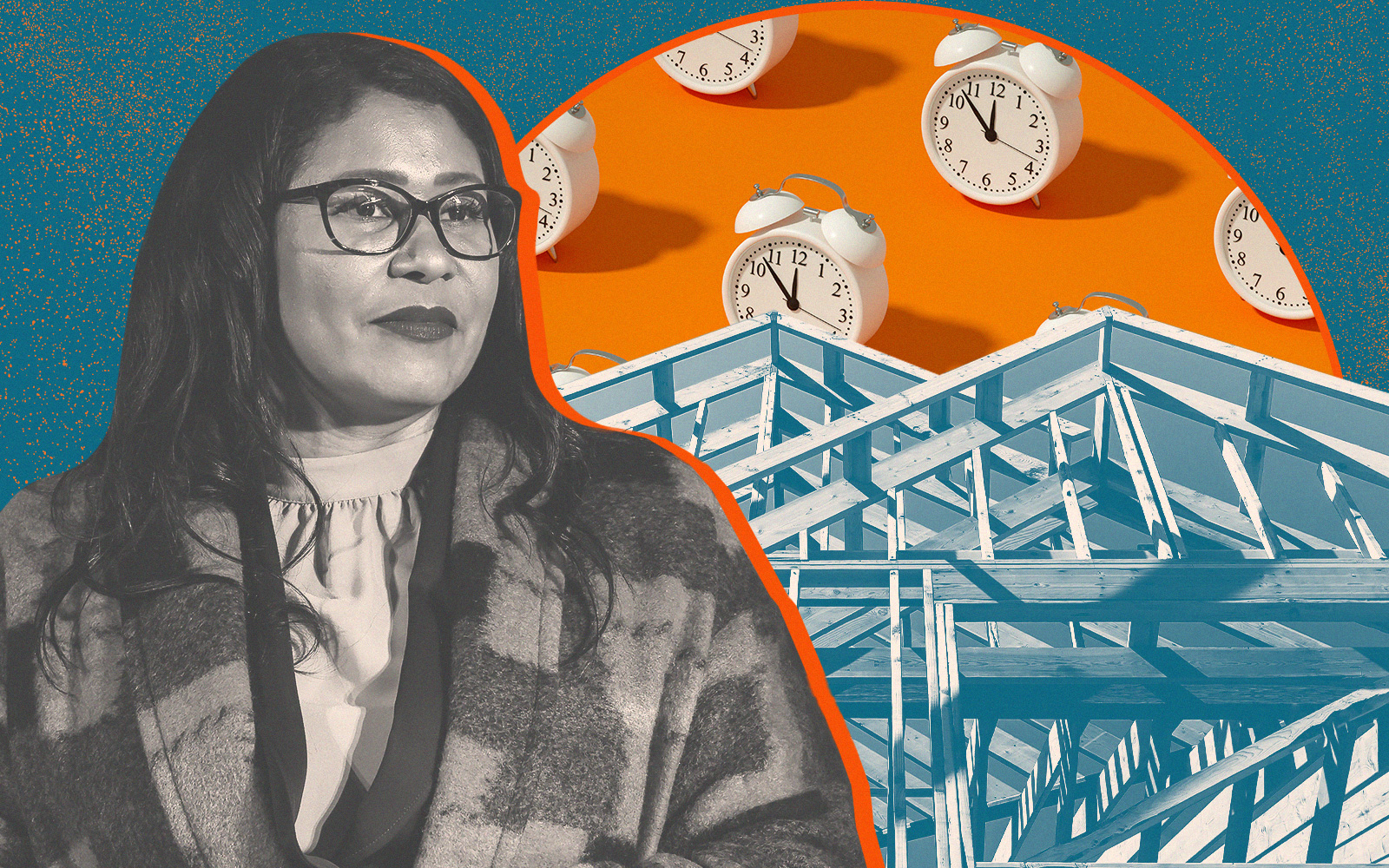A pro-housing nonprofit has filed suit against the City of San Mateo, claiming that its Housing Element lists development sites that are unlikely to yield any new housing.
The San Francisco-based Housing Action Coalition filed suit in San Mateo County Superior Court last week, the day after the city passed its Housing Element more than one year late, according to the San Francisco Standard. The document still needs approval by the state.
The element is a state-mandated plan for building the city’s required housing production goals between 2023 and 2031. By not meeting the deadline last January, San Mateo has opened itself up to builder’s remedy projects. But the lawsuit represents a new legal twist as it claims the element approved by the city includes prospective sites, like the 12-acre Bridgepoint Shopping Center parking lot, that are not likely to lead to housing creation because they are actively in use for another purpose.
State law says cities can only list realistic sites with actual potential for development in their housing plans.
For the last two years, the HAC has worked with municipalities around the Bay, bringing unrealistic housing sites to their attention before they file their Housing Elements, according to one of its attorneys, Tom Mayhew of Farella Braun + Martel, which filed the suit on behalf of HAC pro bono.
Some cities, such as Santa Clara, listened, and others, such as San Mateo, did not, he said.
“One of the first things you do before a lawsuit is you have to give them a chance to do the right thing,” Mayhew told the Standard.
The suit alleges that San Mateo is using unrealistic sites for more than half of the 2,800 low-income units it must build by the end of the current Housing Element’s period in 2031. In addition to the mall parking lot, other oft-used parking lots are among the suspect sites, as well an occupied three-story office building and a members-only lodge that is in regular use.
Read more


The lawsuit seeks a court order that San Mateo must create a new realistic Housing Element.
San Mateo officials argued that the sites are indeed viable for development and that surface parking lots represent a great opportunity for adding housing with minimal environmental impact because infrastructure and utilities are already in place and they are near transit and jobs.
The city’s Housing Element is currently under review by the state’s housing department.
—Emily Landes
